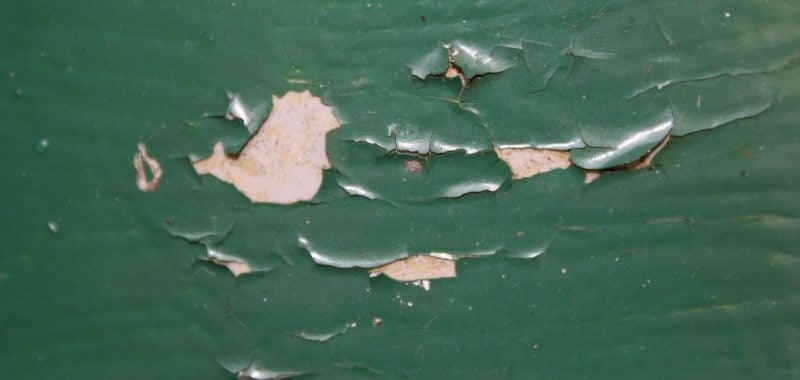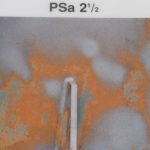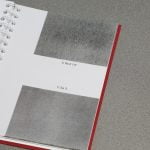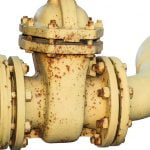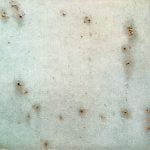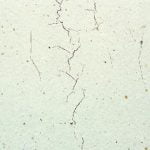Coating protection cracking and flaking
In our latest blog on ISO 4628, which describes the assessment and evaluation of defects in protective coatings, we consider those parts that cover cracking and flaking (Parts 4 and 5).
A protective coating will always fail if its not properly checked and maintained. Weathering and corrosive gases are among the many factors that can impact on a coating, affecting long-term performance and stability, leading to surface detachment (variously described as flaking, peeling and delamination), blistering, cracking and rust formation.
The coatings industry observes ISO 4628 when it comes to assessments of defects, which outlines the general principles associated with the quantity and size of any defects and defines the intensity of changes in the appearance of coatings and prescribes the principles surveyors must follow in conducting their work. The guidance should be considered for defects caused by ageing and weathering, and general ‘yellowing’ among other changes that can occur to a coating over time.
While Part 1 of the standard defines the overall system used for designating the quantity and size of defects and the intensity of changes in appearance of protective coatings – and in doing so, describe the general principles of the system – Part 4 offers specific guidance around assessing the degrees of cracking of coatings by comparison with pictorial standards.
The section rates quantity of cracks from 0 – 5, with 0 being none i.e. no detectable cracks, and 5 a dense pattern of cracks. The size of cracks are similarly rated, with 0 being not visible under x10 magnification and assessment of very large cracks (generally more than 1 mm wide) rated 5. The surveyor’s report should indicate the depth of cracking by reference to the coating system’s level to which the cracks penetrate and express the numerical ratings of the quantity and, if specified, size of the cracks. The approximate dimensions of the areas concerned, or its proportion to the total area, expressed as a percentage should be included. Any unusual features or anomalies observed during the assessment must also be recorded along with the date of the examination.
Part 5 of the standard details the assessment of the degree of flaking in relation to quantity (density), size and depth, and differentiating it as either without preferential direction or in preferential direction. It should be referenced when evaluating the degradation of coatings and designated quantity and size of defects and intensity of uniform changes in appearance. The quantity of damage is rated based on the relative area flaked and the surveyor should refer to the appropriate rating tables.
The latest revisions of the appropriate standards and test methods should always be to hand before a coatings survey is undertaken. More about what’s involved and why the use of protective coatings necessitates that the process of corrosion protection painting is effectively planned, is available in the Fitz’s Atlas of Coating Surveys at www.fitzsatlas.com/ This also provides comprehensive guidance and more about the standards for determination and evaluation of the degradation of coatings.

